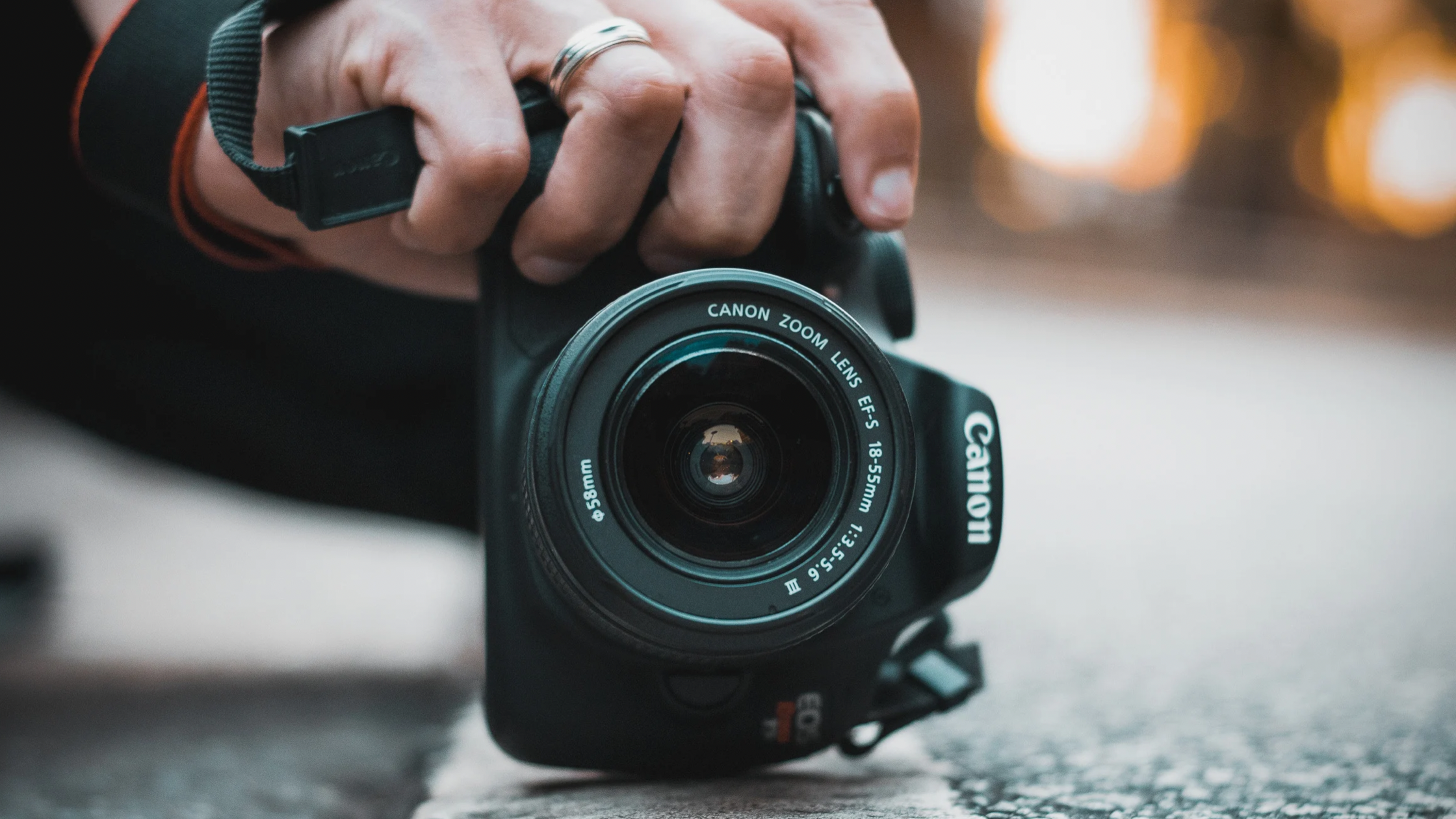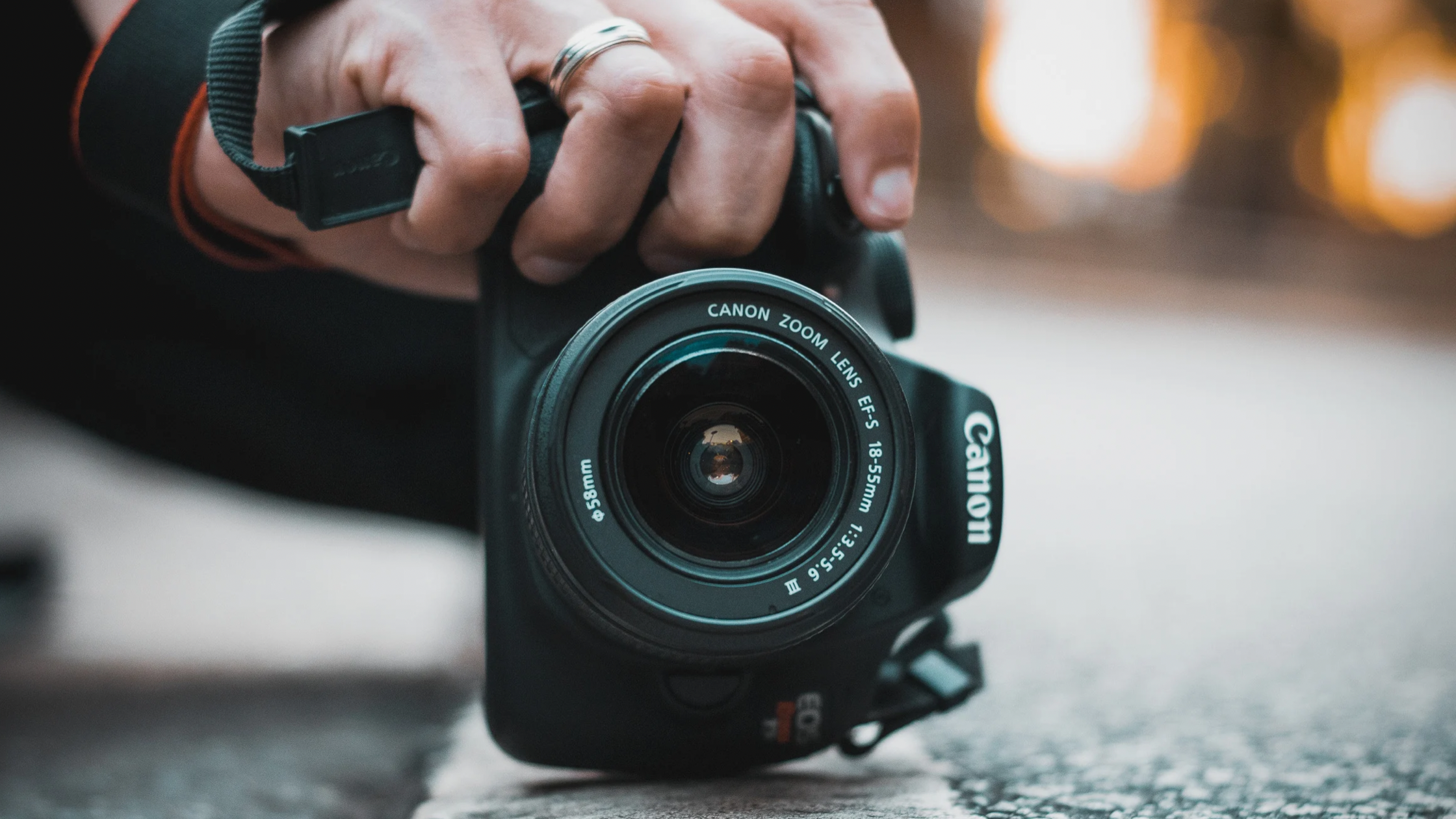Visitors have accessed this post 106 times.
Basic canon camera settings:
The Canon camera brand is well-known for producing high-quality cameras that cater to both amateur and professional photographers. These cameras offer a wide range of settings and features that allow users to capture stunning photographs.
Firstly, let’s start with the exposure mode settings. Canon cameras typically offer three main exposure modes: Program (P), Aperture Priority (Av), and Shutter Priority (Tv). Program mode allows the camera to set both the aperture and shutter speed, providing a convenient option for beginners. Aperture Priority mode allows users to control the aperture while the camera adjusts the shutter speed accordingly. Shutter Priority mode, on the other hand, enables users to set the desired shutter speed while the camera adjusts the aperture.
Next, we have the ISO setting, which determines the camera’s sensitivity to light. Canon cameras often offer a wide range of ISO options, from low values like 100 for bright conditions to higher values like 3200 for low-light situations. It’s essential to choose the appropriate ISO value based on the lighting conditions to avoid noise or graininess in the final image.
Another vital setting is the white balance (WB) setting. This setting ensures that the colors in your photograph appear accurately. Canon cameras provide different white balance presets such as Auto, Daylight, Shade, Cloudy, Tungsten, Fluorescent, and Flash. Choosing the correct white balance setting will help you capture lifelike and natural-looking photos.
The metering mode is another important setting on Canon cameras. It determines how the camera measures and evaluates the light in a scene. The most common metering modes are Evaluative, Center-weighted Average, and Spot metering. Evaluative metering is the default mode, considering the whole frame for exposure calculations. Center-weighted Average metering prioritizes the central portion of the frame while Spot metering focuses on a small spot and provides precise exposure.
Canon cameras also offer various autofocus (AF) settings. These settings determine how the camera focuses on a subject. One commonly used setting is One-Shot AF, which locks focus on a stationary subject when the shutter button is depressed halfway. Another setting, AI Servo AF, continuously tracks moving subjects to maintain focus. AI Focus AF, the third option, automatically switches between One-Shot and AI Servo based on the subject’s movement.
For capturing fast-moving subjects or freezing motion, the shutter speed setting is crucial. Canon cameras allow users to adjust the shutter speed to control the amount of light entering the camera as well as the degree of motion blur in a photograph. Fast shutter speeds (e.g., 1/1000s or higher) freeze action, while slow shutter speeds (e.g., 1/30s or slower) can create intentional motion blur.
To control the depth of field, photographers can adjust the aperture setting. A wider aperture (smaller f/number) results in a shallow depth of field, where the subject is in focus while the background is blurred. On the other hand, a narrower aperture (larger f/number) increases the depth of field, keeping both the subject and the background in focus.
Canon cameras also offer various shooting modes, including Full Auto, Portrait, Landscape, Sports, and Night modes. These modes optimize camera settings for specific shooting scenarios and can be useful when starting out or in situations where quick adjustments are required.
The exposure compensation setting allows users to adjust the exposure to make an image brighter or darker. This setting is particularly helpful when the camera’s metering system is not accurately capturing the desired exposure. It can be adjusted in fractions of stops, typically ranging from -3 to +3 stops.
Lastly, Canon cameras provide several image quality settings, such as JPEG and RAW. JPEG is a compressed file format that is easier to handle and suitable for everyday photography. RAW, on the other hand, captures all the data from the camera’s sensor, allowing for more extensive post-processing adjustments and better image quality.
In conclusion, mastering the basic Canon camera settings is essential for photographers looking to enhance their skills and capture breathtaking images. From exposure modes and ISO to white balance and autofocus, each setting plays a vital role in creating stunning photographs. Understanding and experimenting with these settings will allow photographers to unleash their creative potential and capture truly remarkable moments.
